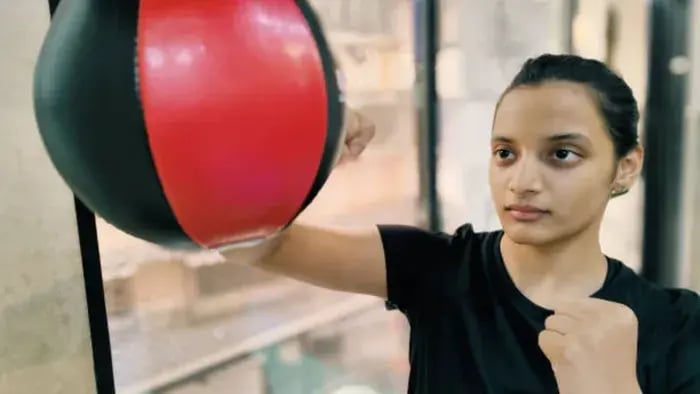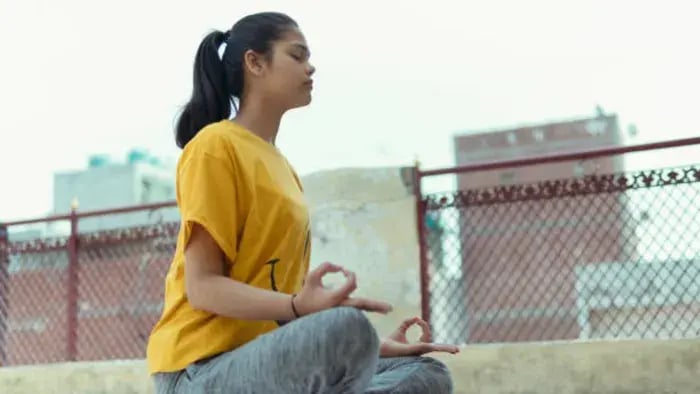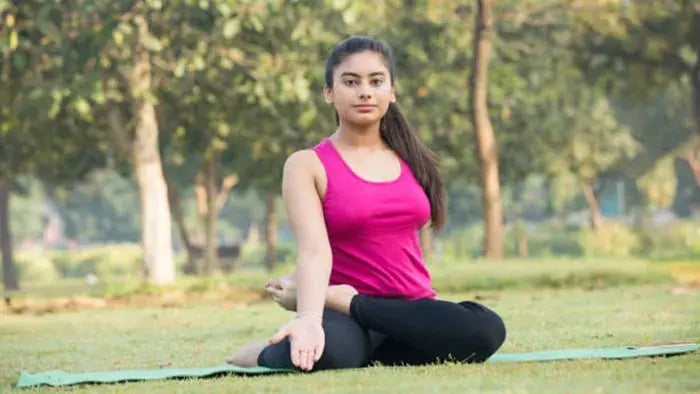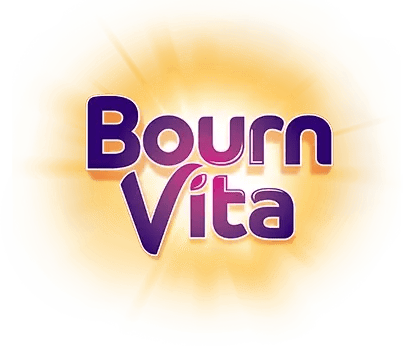Effective Exercises for Teenage Girls: Stay Fit and Healthy
- Walking
- Yoga
- Cycling
- Dance Workouts
- Bodyweight Exercises
- Skipping Rope (Jump Rope)
- Swimming
- Light Weights
- Stretching and Flexibility Exercises
Introduction
The teenage years are all about change, growth, and new energy. Staying active during this time not only strengthens the body but also builds confidence, mood, and overall health. Exercise helps teenage girls maintain a healthy weight, improve posture, strengthen muscles, and build habits for life.

Choosing the right types of exercise makes fitness more fun and sustainable. Activities like yoga, dancing, brisk walking, cycling, or simple strength training at home can make a big difference without feeling overwhelming. Exercise also boosts energy, improves sleep, and reduces stress all important for handling the busy life of a teenager juggling school, hobbies, and social life.
It’s all about feeling strong, happy, and energised, not appearance. Encouraging small steps, not strict routines, can help teenage girls develop a positive relationship with fitness. With the right support, fun activities, and a bit of consistency, fitness can become a part of daily life, building strong minds and bodies for the future.
Simple Exercises for Teenage Girls To Stay Fit and Healthy

Walking
According to GeroScience 2023, walking is the simplest and most effective way to stay active. A daily walk in the park, around the neighborhood, or even on the balcony is good for heart health, muscles, and mind. 30 minutes of walking helps to build stamina and improve mood, without putting extreme pressure on joints and muscles.
Yoga
As per a study published in J Gerontol A Biol Sci Med Sci 2015, yoga improves flexibility, posture and balance. It also teaches deep breathing which helps in managing stress and focusing. Simple poses like Tree Pose, Cobra Stretch and Surya Namaskar strengthen muscles, improve digestion and support emotional health. A regular yoga practice brings a healthy balance between body and mind, making daily challenges easier to handle.
Cycling
Cycling is a fun way to exercise outdoors. According to a study covered by, Front Sports Act Living 2023, it strengthens leg muscles, improves heart health and overall energy. A morning or evening cycle ride with family or friends is a great way to stay fit while enjoying nature. It also improves coordination, balance and builds endurance gently without feeling like a heavy workout.
Dance Workouts
As per a study published in Front Physiol 2022, dancing is an excellent way to stay active, express yourself and boost self-confidence. Whether freestyle dancing, Zumba or Bollywood moves, dance workouts build stamina, strengthen muscles and improve coordination. Practicing dance for even 20 minutes a day keeps the heart happy and the body flexible, while lifting the mood naturally.
Bodyweight Exercises
Squats, lunges, push-ups, and planks use your body weight to build strength. According to a study covered by Biomed Res Int 2018, they tone your muscles, support strong bones, and boost metabolism. Bodyweight exercises can be done at home with no equipment, making them perfect for teenagers to stay active and develop core strength safely.
Skipping Rope (Jump Rope)
As per a study covered, J Sports Sci Med 2015, skipping is a simple yet powerful exercise that improves cardiovascular fitness, burns calories and sharpens coordination. It strengthens legs, arms, and core muscles and builds endurance. 10-15 minutes of skipping daily is enough to seea visible difference in stamina and agility.
Swimming
According to a study Int J Environ Res Public Health 2022, swimming is a full-body workout that strengthens muscles without putting pressure on joints. It improves lung capacity, cardiovascular fitness and flexibility. Swimming is also a gentle way to manage weight, boost mood, and build self-confidence. Regular swimming keeps body toned and the mind refreshed.
Light Weights
As per a study published in Sports Health 2009, using light dumbbells or resistance bands can help teenage girls build muscle safely. Focused training on arms, shoulders and legs builds muscle tone and supports strong bone development which is important during growing years. Light training improves posture, balance and overall body strength without bulk.
Stretching and Flexibility Exercises
According to a study published in Medicina (Kaunas) 2023, regular stretching keeps the muscles supple and joints healthy. Gentle stretching after exercise or at bedtime improves flexibility, reduces muscle stiffness, and supports better posture. Simple stretches for back, legs, arms, and neck make everyday movements easier and protect the body from injuries, especially during busy school or sports activities.
Conclusion

Fitness during teenage years is about feeling strong, energetic, and positive every day. Activities not only keep the body active but also help develop lifelong healthy habits. When movement is fun and consistent, it becomes something to look forward to, not a task. A confident, healthy body today lays the groundwork for a more balanced and vibrant future.
Her love for storytelling began with reading her grandfather’s speeches, where Tarishi saw the power of words in creating lasting memories. Combining her passions for food and writing, she has turned her life into a fulfilling path of sharing stories that celebrate flavours and how food brings communities together.
The views expressed are that of the expert alone.
The information provided in this content is for informational purposes only and should not be considered a substitute for professional medical advice, diagnosis, or treatment. Always seek the advice of your physician or another qualified healthcare provider before making any significant changes to your diet, exercise, or medication routines.
References
https://pmc.ncbi.nlm.nih.gov/articles/PMC10222752/
https://pmc.ncbi.nlm.nih.gov/articles/PMC3445252/
https://pmc.ncbi.nlm.nih.gov/articles/PMC9100337/
https://pmc.ncbi.nlm.nih.gov/articles/PMC4657422/
https://pmc.ncbi.nlm.nih.gov/articles/PMC6323511/
https://pmc.ncbi.nlm.nih.gov/articles/PMC9234256/
https://pmc.ncbi.nlm.nih.gov/articles/PMC10546027/
















